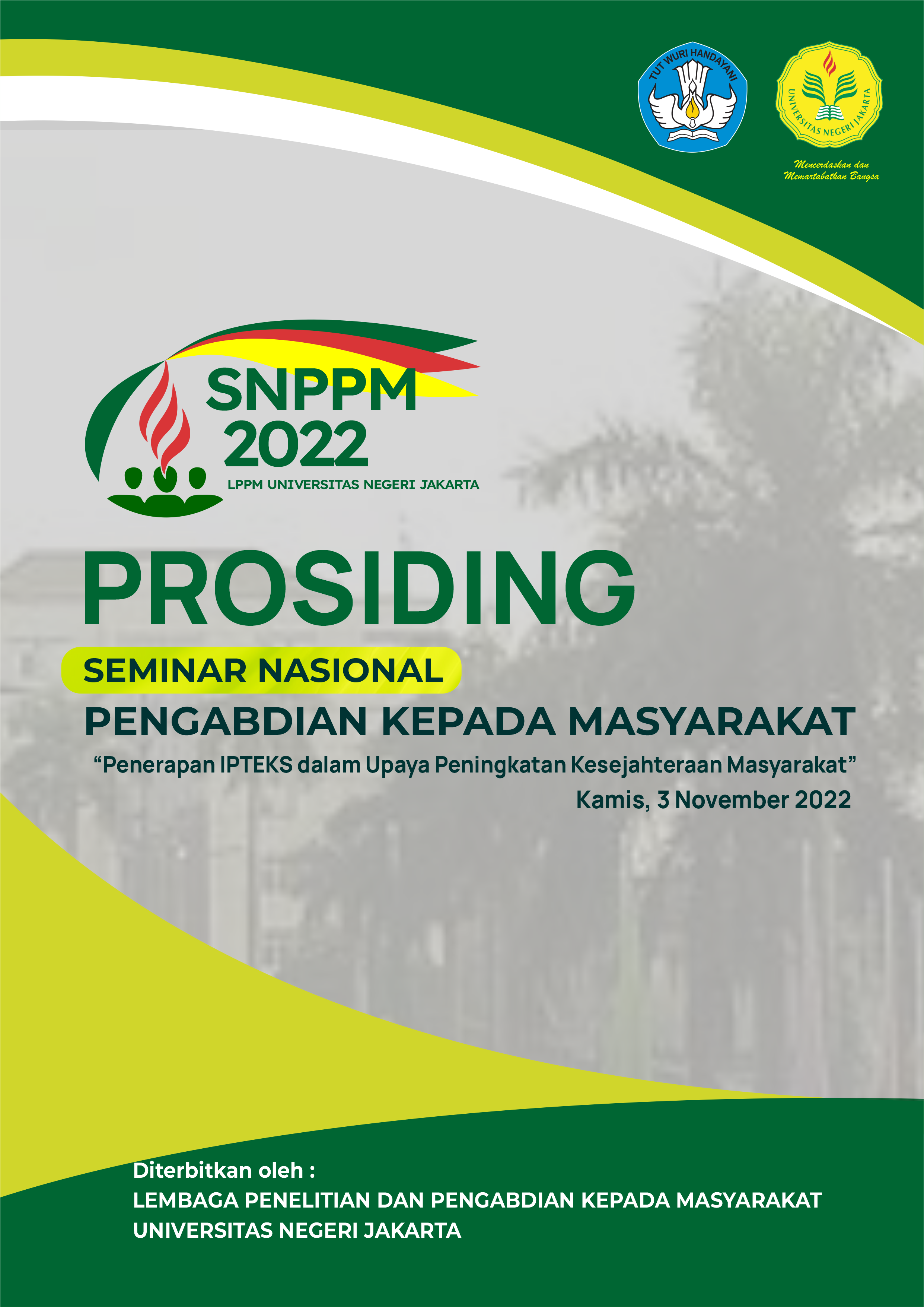REHABILITASI SARANA KEBUN SUMBER BERKAH DAN OPTIMALISASI PRODUK UNGGULAN HASIL PANEN
Keywords:
vegetable garden, product innovation, BalikpapanAbstract
Abstract
The development of regional potential towards an independent community is the goal of community service activities. Every problem that occurs in society is expected by the community to be able to take a role either taking the best decision to be able to solve the problem or with creative ideas. Sumber Berkah Garden is a garden processed by residents of RT 37 Batu Ampar Village, North Balikpapan. Kebun Sumber Berkah itself is associated by the chairman of RT 37 to use land and empower the surrounding community to support the economy of its citizens during the Covid-19 pandemic. Based on the results of observations, the problem of the Sumber Berkah Garden is the innovation of land management and garden products. Plantation management that is not accompanied by qualified technology makes residents of the RT area still manage plantation products manually. The purpose of carrying out real work lecture activities in the blessing source garden is to rehabilitate the gate in the blessing source garden, optimize the harvest so that it has distinctive characteristics and becomes a superior product so that it can increase the selling value of the harvest and the economy of the surrounding residents. The three work programs that we have designed before the real work lecture activities have been successfully implemented, namely Gapura Rehabilitation, breeding several plants such as chicory, rainbow tomatoes, and black tomatoes and the implementation of melon molds that make the selling value of melons even higher, as well as branding melon gardens in Balikpapan with unique harvests.
Abstrak
Pengembangan potensi daerah menuju masyarakat mandiri merupakan tujuan dari kegiatan pengabdian masyarakat. Setiap permasalahan yang terjadi di masyarakat diharapkan civitas dapat mengambil peran baik mengambil keputusan terbaik untuk dapat memecahkan masalah tersebut ataupun dengan ide-ide yang kreatif. Kebun Sumber Berkah merupakan kebun yang diolah oleh warga RT 37 Kelurahan Batu Ampar, Balikpapan Utara. Kebun Sumber Berkah sendiri merupakan yang diasosiasikan oleh ketua RT 37 untuk memanfaatkan lahan dan melakukan pemberdayaan terhadap masyarakat sekitar demi menopang ekonomi warganya di masa pandemi Covid-19. Berdasarkan hasil pengamatan, permasalahan Kebun Sumber Berkah adalah Inovasi pengelolaan lahan dan hasil kebun. Pengelolaan perkebunan yang tidak didampingi dengan teknologi yang mumpuni membuat warga kawasan RT masih melakukan pengelolaan hasil perkebunan secara manual. Tujuan dilakukannya kegiatan Kuliah Kerja Nyata pada kebun sumber berkah yaitu melakukan rehabilitasi gapura pada kebun sumber berkah, optimalisasi hasil panen agar memiliki ciri khas dan menjadi produk unggulan sehingga dapat meningkatkan nilai jual hasil panen dan ekonomi warga sekitar. 3 program kerja yang telah kami rancang sebelum kegiatan kuliah kerja nyata telah berhasil dilaksanakan yaitu Rehabilitasi Gapura, pembibitan beberapa tanaman seperti sawi putih, tomat rainbow, dan tomat hitam dan implementasi cetakan melon yang membuat nilai jual buah melon semakin tinggi, sekaligus sebagai branding kebun melon di Balikpapan dengan hasil panen yang unik.









